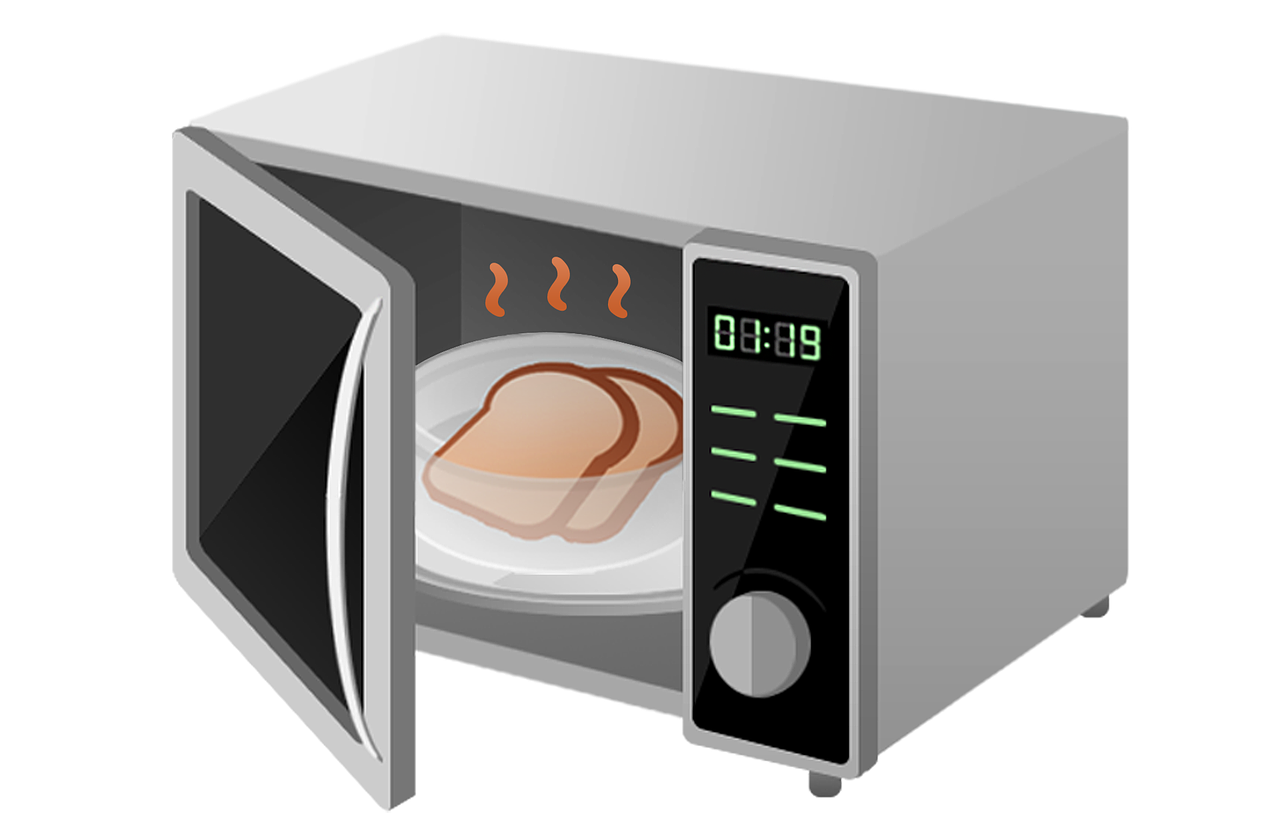Data is all around us, and we don't even see it.
Data Scientists usually work on projects related to well known topics in Data Science and Machine Learning, for example, projects that rely on Computer Vision, Natural Language Processing (NLP) and Preventive Maintenance. However, in Digica, we're working on a few projects that do not really focus on processing either visual data, text or numbers. In fact, these unusual projects focus on types of data that are flowing around us all the time, but this data nevertheless remains invisible to us because we cannot see it.
1. WiFi

WiFi technology generates a lot of waves around us. And this data can convey more information than you think. Having just a WiFi router and some mobile devices in a room is enough for us to easily detect what is happening in the room. With this technique, movement distorts the waves in such a way that we can then easily detect that movement, for example, if someone raises a hand.
The nature of WiFi itself makes it pretty easy to set up this technique. Firstly, as mentioned above, we don't even need to use any extra instruments or tools, such as cameras. It's enough to have just a router and some mobile devices. And secondly, this technique can even work through the walls. So this means we can easily use it throughout the whole house, and without thinking about cables or adding any extra equipment to each room.
Some articles have already been published on human gesture recognition using this type of wave, for example, this article.
In that and other articles, you can read about how the algorithm can generate a pretty detailed picture. For example, the algorithm can recognize a person's limbs one by one, and then construct a 3D skeleton of that person. In this way, it is possible to reproduce many elements of a person's position and gestures. It’s actually a really cool effect as long as a stranger is not looking at someone else's data, which would be quite creepy!
2. Microwaves

I'm sure that you have used microwaves to heat up a meal or cook food from scratch. And you may also be familiar with the idea of medical breast imaging. However, you might not know that those two topics use the same technology, but in different ways.
It turns out that, after sending a microwave at breasts, the waves that are reflected back from healthy tissue looks different from the waves that are reflected from malignant tissue. "So what", you may say, "we already have mammography for that." Yes, but mammograms give a higher exposure to radiation. And it is really difficult to distinguish healthy tissue from malignant tissue in dense breast mammogram images, as described in this link. Microwaves were first studied in 1886, but, as you see, they are now being put to new uses, such as showing up malignant tissue in a way that is completely non-invasive and harmless to people.
By the way, microwaves are also perfect for weather forecasting. This is because water droplets scatter microwaves, and using this concept helps us to recognize clouds in the sky!
3. CO2
Last but not least, we have Carbon Dioxide. This chemical compound is actually a great transmitter of knowledge. Did you know that CO2 can very accurately indicate the number of people in a room? Well, it does make sense because we generate CO2 all the time as a result of breathing. However, it’s not that obvious that we can be around 88% accurate in indicating the number of people in a given room!
When this approach is set up, we can seamlessly detect, for example, that a room is unoccupied, and therefore it would be a good idea to save money by switching off all the electronics in that room. So this can be a great add-on to every smart home or office.
You might think that the simplest way to find out if a given room is unoccupied is to employ hardware specifically for this purpose, such as cameras and RFID tags. However, such a high-tech approach entails additional costs and, most importantly these days, carries the risk of breaching the privacy of people. On the other hand, as described above, the data is already there, and just needs to be found and utilized to achieve the required.
In the simplest case, we just read the levels of CO2 gas in a room, and plot those levels against time. Sometimes, for this task, we can also track the temperature of the room, as in this experiment. However, note that temperature data is often already available, for example, in air-conditioning systems. We only need to read the existing data, and then analyse that data correctly in order to provide the insight that is required in the particular project.
There are many, many more types of data that are invisible to the human eye, but offer an amazing playground for Data Scientists. For example, there are radio waves, which are a type of electromagnetic wave which have a wavelength that is longer than microwaves. And there are infrared waves, which are similar to radio waves but are shorter than microwaves, and are great for thermal imaging. And then there are sound waves, which we can use for echo-location (like bats). The above waves were the first ones that came to mind, but I'm sure that there are many other sources of invisible data that can be re-used for the purposes of Data Science.